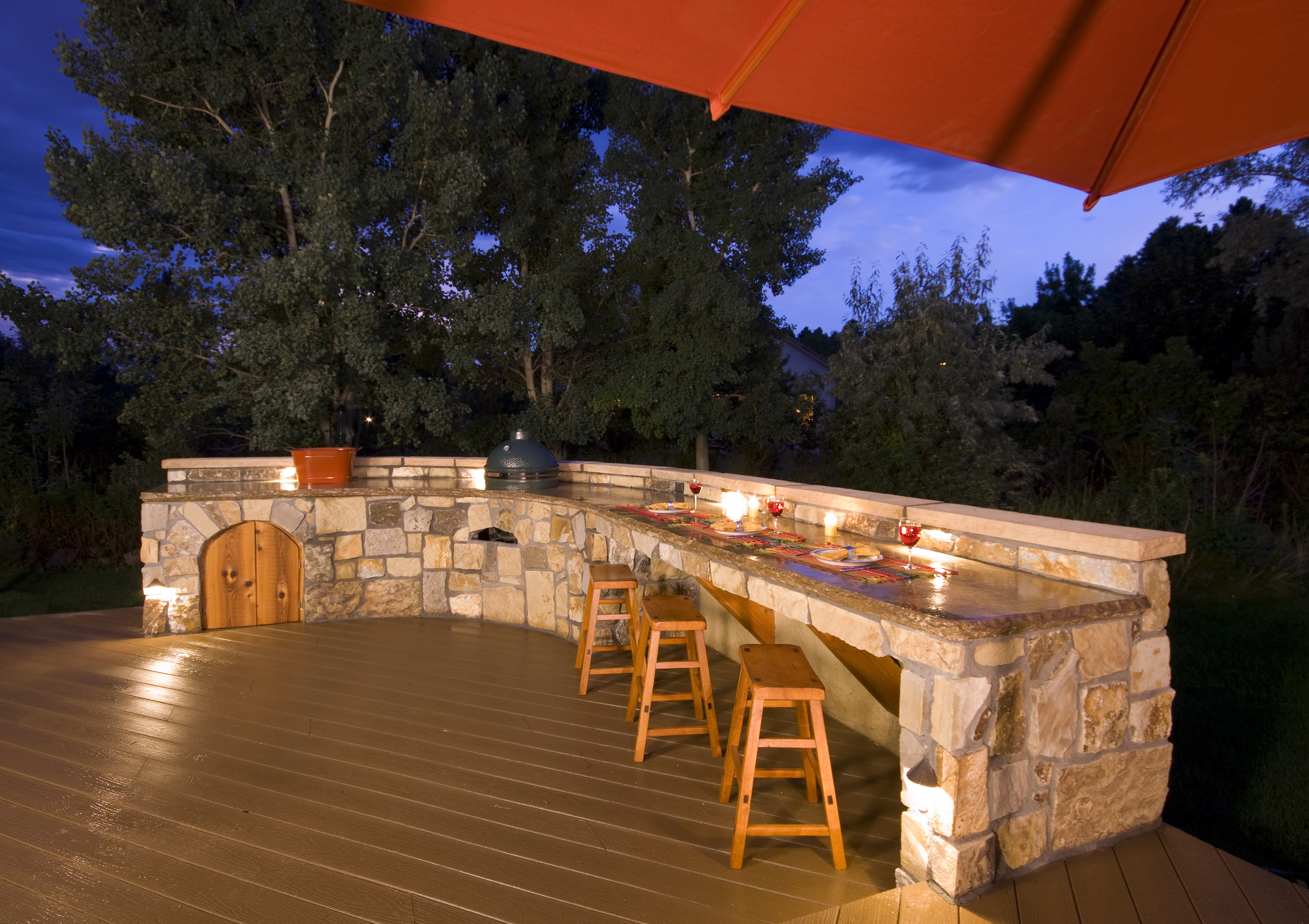Indoor LED lighting refers to the utilization of LED (Light Emitting Diode) expertise for illuminating the inside spaces of houses, places of work, commercial buildings, and various indoor environments. LED lighting has gained widespread popularity for indoor functions as a outcome of its vitality efficiency, longevity, versatility, and quality of light. Here are some key considerations and benefits of indoor LED lighting:
Benefits of Indoor LED Lighting:

Energy Efficiency:
LED lights are extremely energy-efficient, consuming significantly much less electrical energy in comparability with conventional incandescent and fluorescent lights. This leads to lower power payments and decreased environmental influence.
Longevity:
LED lights have an exceptionally long lifespan, usually lasting 25,000 to 50,000 hours or more. This reduces the necessity for frequent replacements, saving each time and money.
Nashville landscape lighting Lighting:
LEDs provide prompt illumination when turned on, with no warm-up time required. They reach full brightness immediately, making them suitable for applications where instant lighting is needed.
Cool Operation:
LEDs emit very little heat in comparability with incandescent and halogen bulbs. This makes them safer to use, particularly in enclosed fixtures, and reduces the load on air-con techniques.
Dimmability:
Many LED fixtures and bulbs are dimmable, permitting customers to adjust the brightness to create the desired ambiance and save extra energy when full brightness is not wanted.
Color Temperature Options:
LEDs are available in various color temperatures, from heat white (providing a comfy, yellowish light) to cool white (offering a shiny, bluish-white light). This versatility allows customers to pick out lighting that fits their preferences and needs.
Color Rendering Index (CRI):
LEDs can obtain excessive CRI values, which means they precisely render colors compared to natural daylight. This is necessary for functions where colour accuracy is crucial, such as in art galleries, retail settings, and makeup areas.
Low UV Emissions:
LEDs emit minimal ultraviolet (UV) and infrared (IR) radiation, decreasing the chance of damage to delicate materials, materials, and paintings.
Versatility:
LEDs are available a wide range of fixtures, including recessed downlights, monitor lights, pendant lights, strip lights, and more. This allows for flexibility in designing and customizing indoor lighting schemes.
Smart Lighting Integration:
Many indoor LED lighting systems can be built-in into sensible residence or building automation systems. This enables distant management, scheduling, and customization of lighting to satisfy particular wants and preferences.
Task Lighting and Accent Lighting:
LEDs are ideal for process lighting in kitchens, places of work, and workspaces, offering targeted illumination. They are also used for accent lighting to focus on architectural options, paintings, or decorative elements.
Environmental Benefits:
LED lighting contributes to energy conservation and decreased greenhouse gasoline emissions due to its low power consumption and long lifespan. It additionally incorporates no hazardous materials like mercury, which is present in another types of lighting.
Indoor LED lighting has revolutionized interior lighting design, providing energy-efficient and versatile options for a variety of residential and commercial functions. When selecting indoor LED lighting, think about elements such because the intended purpose, desired ambiance, colour temperature, and CRI to create a well-lit and comfortable indoor surroundings..
